Topic – (Human) Connection
The questions at the beginning of our research were: What do we expect from this program? How do we connect? What could we do to make this „transcultural connecting“ really happen? How can we think out of the box? How do we hide our self from the uncomfortable questions? Where do we see structures that are preventing us from getting to the ground of things?
The answer was: we dig a tunnel. A real connection. We all could recalled that child in us, that was believing in the possibility of the impossible. We imagined a tunnel in real where people could actually travel in enormes speed from Zurich to Hongkong. We thought about the troubles that occur in such a project. We thought about all the money it would need. We thought about all the people that would be against it and all the fears that would come up in the minds. So we decided to dig. 12 hours to destroy the concrete structure of the city to get connected!
It’s hard to dig a hole – 12 hours’ performance
Entry Point: 47.393027, 8.504534
Exit Point: 22.289611, 114.196736
Participants: Liane, Lan, Nico, Fabian
Action: Dig a hole in hard ground, 12 hours long, from 9 pm to 9 am.
Presentation: The spectators arrive in the morning and discovers the performers still working
„It’s hard to dig a hole. We wanted to dig a hole. As a common experience with people we don’t know. So we did. We had a hard job. The ground was much harder than expected, fast as stone. The first impressions : excitement, we are at night, on this huge place that belongs to us for a while, shouting, energy, desire, impatience.
The lights of the city surrounded us.
The place is a special art place.
It’s hard to dig a hole.
Surprise. Hard ground. Really hard. Smiles, but contracted smiles. We break many times the tools. Desillusion, the Gods won’t offer anything, we have to work hard. The weight of the tool in my hand, the sound when you hit the ground, this metallic sound. Earth and stones jump in your face, in your mouth, in your eyes, on your hairs. Full version show, with sensations, smell, taste, fireworks sometimes when the pickaxe hit the rock. We film everything. One after an other we hit and dig, and only scratch the surface. No hole. The first moments of discovery gone, the absurdity appears clearly: it’s too hard, we don’t have the right tools, it’s not the right place, … A lady comes trough the night and gives us what we need. We continue.
Jokes, breaks, the work doesn’t progress that much.
We make a real break and lie down for some small talks. It doesn’t bring anything, I fell incredibly sad.
Suddenly Fabian stands up and start to dig again. After a short while, three of us are at work again. Without a word, without a joke. Just digging in silence, giving the tools, watching the others, hearing the music of the hits one after an other.
Working is so beautiful, I could watch it for hours.
And it happens. We dig together, we are united around the project, digging a hole in an urban desert. Nice moment. Three people have the same goal, to dig a hole. Sounds like harmony. And there is also this spiritual moment when you knee down to extract off the hole the little bit of earth and stone that you managed to excave. Like a ritual. You take the earth in your hands and throw it away from the hole. That’s what you get. That’s what the hole gives you.“
by Liane Mah, Lan Ziyan, Nicolas Müller, Fabian Gutscher
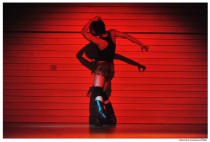
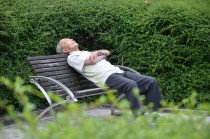
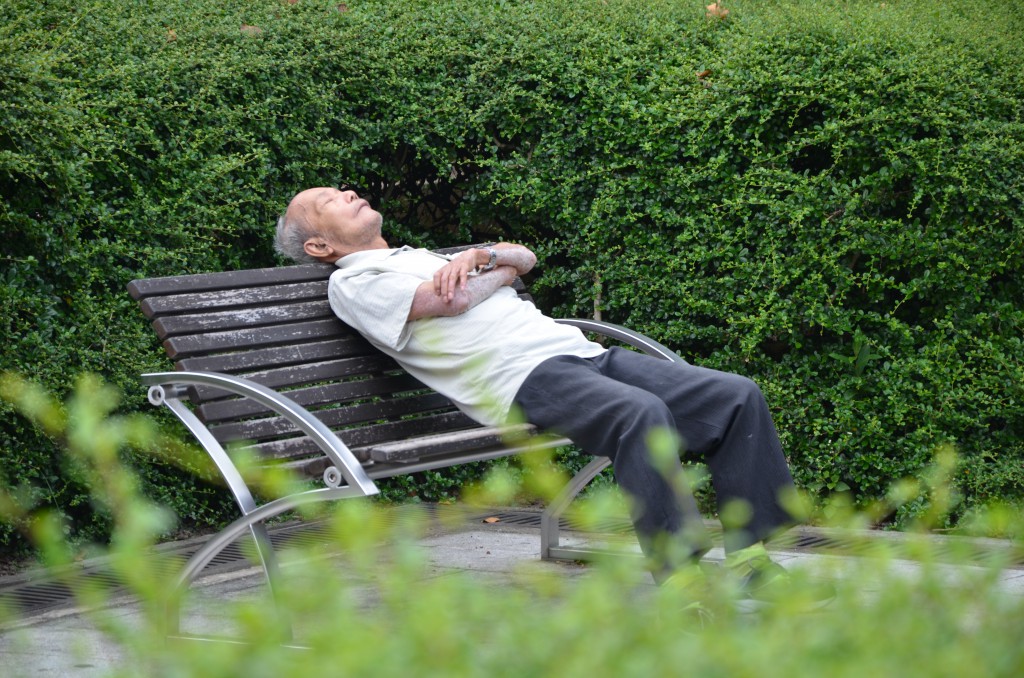

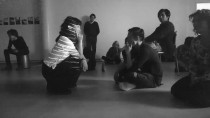
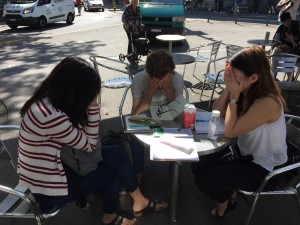

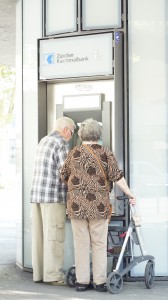
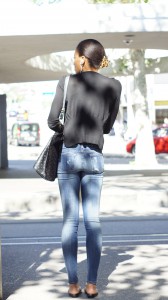
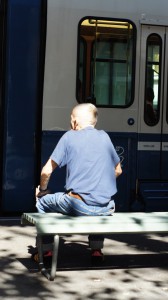
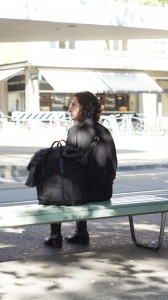
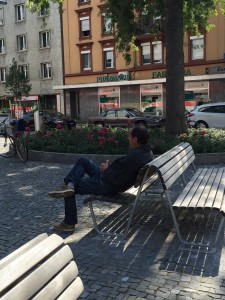


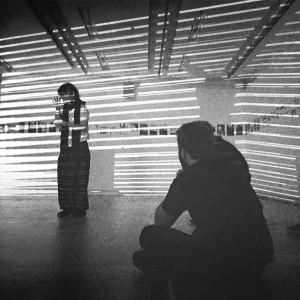


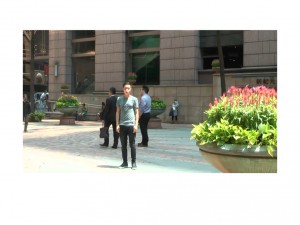

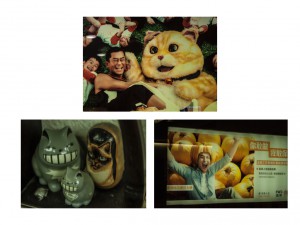
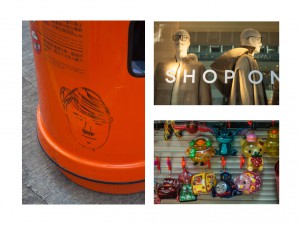
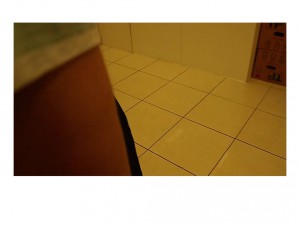
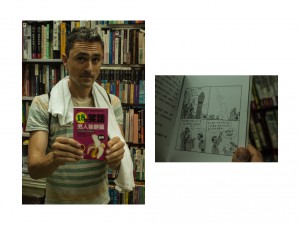
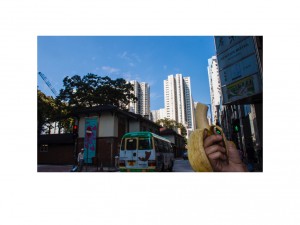

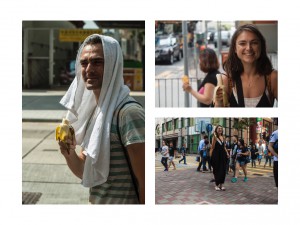
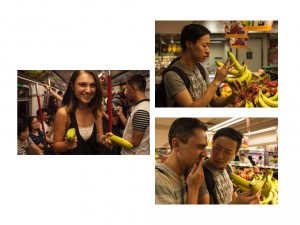
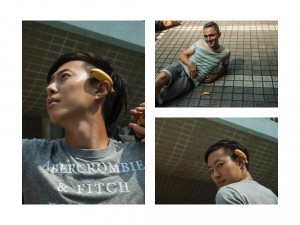
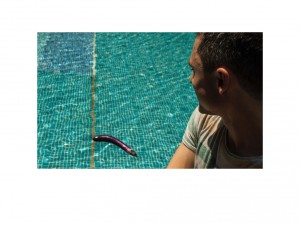

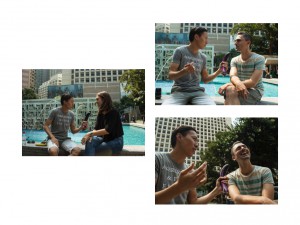
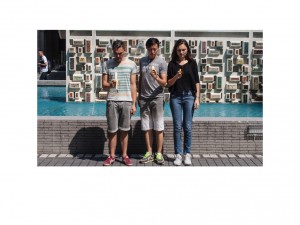
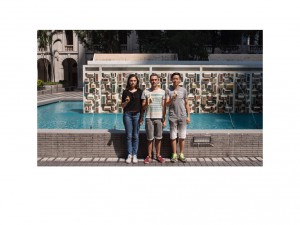

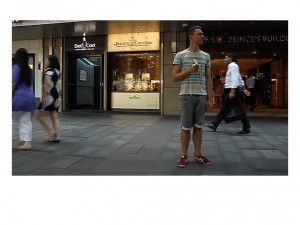
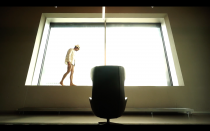

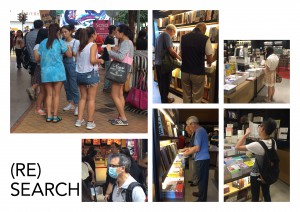
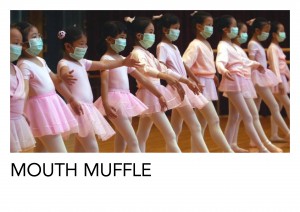
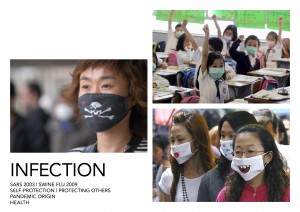
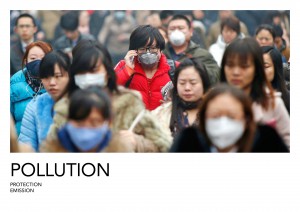
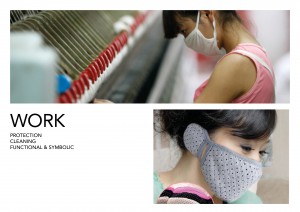
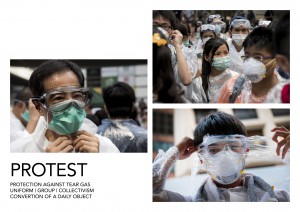
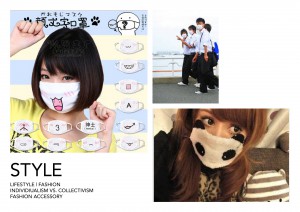
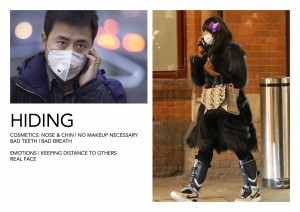
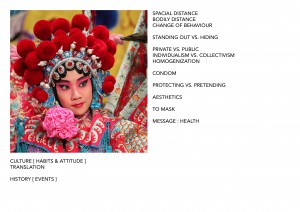


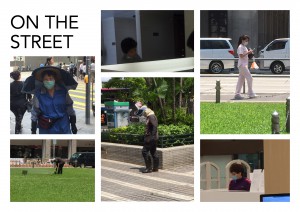
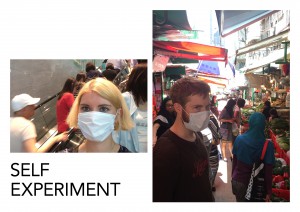
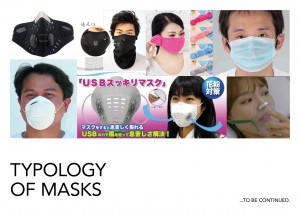
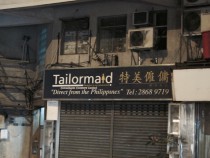
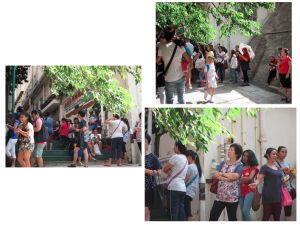

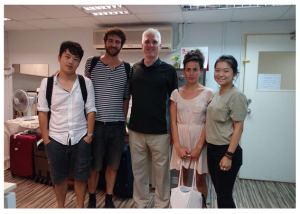
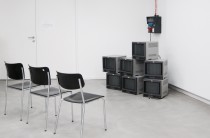
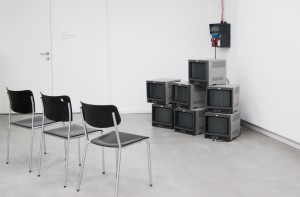
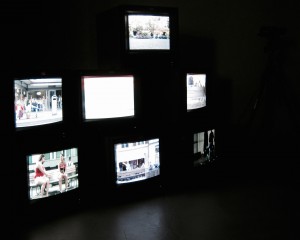

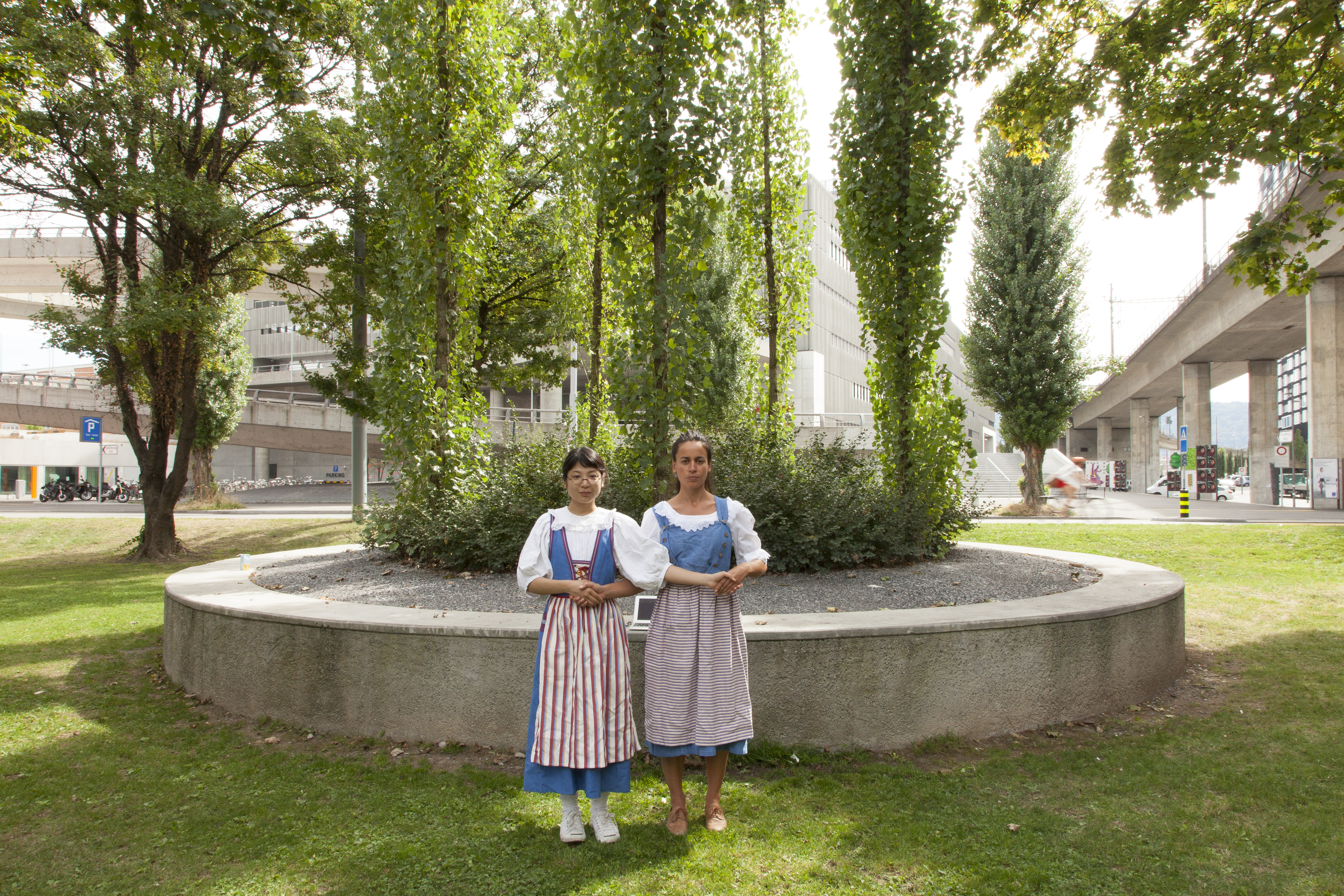
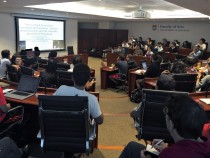


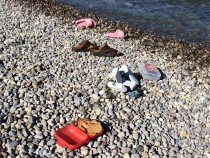
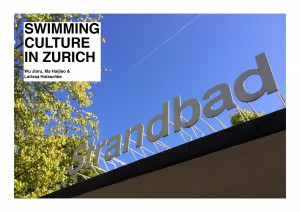
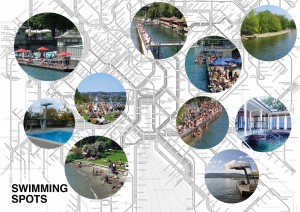


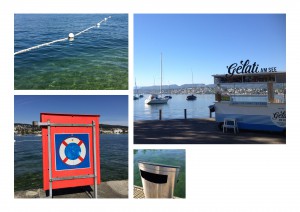
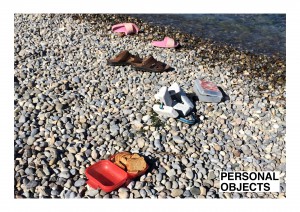
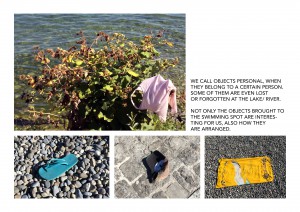
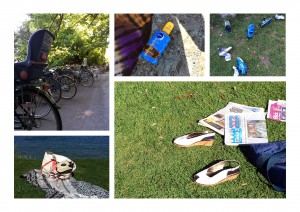
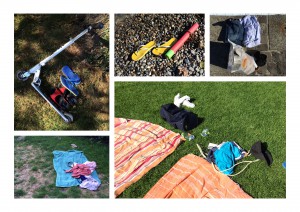
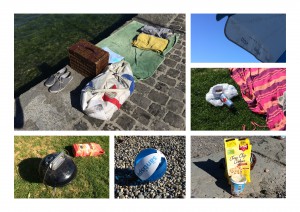
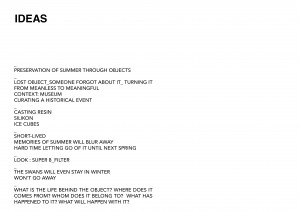
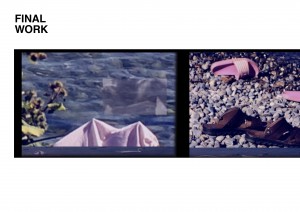
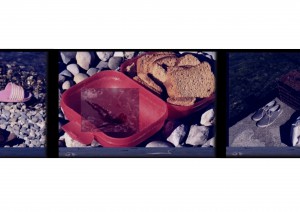

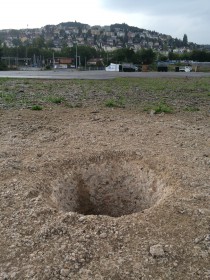
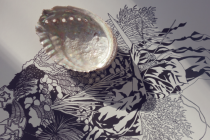
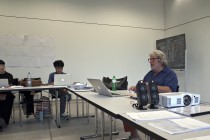

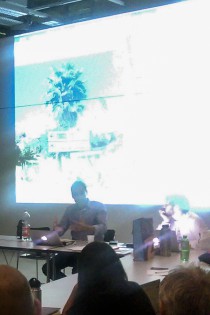
![IMAG0925[1]](https://blog.zhdk.ch/transculturalcollaboration/files/2015/08/IMAG09251-1024x579.jpg)